Last updated on April 6th, 2022 at 12:04 am
The 2002 Dodge Dakota is classified as the mid-size pickup, because it is smaller in size than the Dodge’s own Ram, the Ford F-150 or the Chevy Silverado. It is however bigger compared to Toyota Tacoma, the Ford Ranger, GMC Sonoma or the Chevy S-10. Dakota is promoted as the most powerful and highly compact pickup in the market, which offers optional V8 power.
The biggest addition for Dakota 2002 is the value-priced SXT, which is the sporty look for less than $17,000. The SXT has the option of either a two or four-wheel drive, which is different from other compact pickups.
The 2002 Dodge is a modern vehicle whose functions rely on computer systems to handle air to fuel ratio, timing and how the automatic transmissions shift. The upside to this is less maintenance which translates to time and cost save, improved performance and better fuel economy since the computer is programmed to make adjustments depending on the terrain and weather. The downside however, is that computers are a costly process to maintain and diagnose.
How Does A 2002 Dodge Dakota PCM Work?
The 2002 Dodge Dakota Powertrain Control Module (PCM) is the computer that control a vehicle’s central system which controls the Engine Control Module (ECM) and the Transmission Control Module (TCM). The vehicle’s performance is based on data that the sensors relay to the PCM concerning the engine power and transmission. Common problems affecting the engine control unit may include engine stalling or poor performance. Since the vehicle fully depends on the diagnostic data needed for engine repair, it therefore follows that if the Dodge PCM is faulty, it provides an extra challenge to determine the problem. Without a PCM at its optimal performance, the engine sensors might be compromised and the vehicle may stall.
The truck’s PCM controls both the engine module (ECM) and the transmission control module (TCM). Due to the power the PCM has over the engine, it would mean there is a myriad of reasons if the PCM is faulty.
Modern and computerized vehicles are much more efficient than their older manual counterparts. The technology however comes with its own disadvantages in that if it ceases to perform optimally, it affects others parts of the vehicle at the same time, which can at times be costly.
Below is a list of 7 common symptoms of a bad 2002 Dodge Dakota PCM:
- The vehicle starts roughly
One indication of a bad engine computers system is if the vehicle fails to start after a couple of tries or starts roughly. It might also be a problem with the ECM since the PCM also controls the ECM. The most probable reasons for this error could be:
• The engine has faulty timing
• The wiring harness has a short
• The balance of fuel-to-air ratio is off
This issue of failing to start immediately it is turned on or after several attempts is an indication that it needs to be fixed to avoid emergencies.
- “Check Engine” light is on
This is the vehicle’s light that senses all warnings. It means there is something wrong which all other lights missed. First, rule out obvious problems like brakes and steering wheel check or the gas cap being loose. If the check light is still on, the engine codes have to be read to avoid engine misfire which will cause irreversible damage if not corrected.
- Failed emission test
The truck’s fuel-to-air ratio is controlled by the PCM. If the is unbalanced, say too much of one compared to the other, it will combust and will emit more carbon monoxide. This will result in a failed emission test. However, it might not be as bad as it sounds because the remedy for it is simply replacing either the PCM or the ECM which way cheaper than replacing the catalytic converter.
- Loss of gas mileage
One of the most common reasons to an unexplained loss on the gas mileage, is when there is an unbalanced fuel-to-air ration when the gears are shifted. The others reasons for this problem could be either the filters are replaced on schedule or the tires are deflated.
If all these are properly fixed but the loss on gas mileage still persists, then it would only mean the computer system is faulty and needs to be fixed.
- The engine stutters or stalls
If the engine behaves in such a manner, then the computer program has failed or there is a mechanical issue. The engine timing is controlled by the ECM which means if it is off, then the ECM is faulty. But since the ECM depends on PCM for data, the PCM might be faulty as well.
- Random shifting
A faulty sensor will most definitely cause an erratic shifting. This might be as a result of water damage of the PCM circuit. It is a serious failure which needs an mechanic’s attention to fix it, to avoid accidents which might be caused by a gear getting stuck.
- There is PCM error code
Whenever the vehicle senses a problem, the PCM will pick it up and it logs an error message. This error message or code is displayed on a code reader device. The code reader manual has specific information on all codes and those that begin with “P06” mostly involve a PCM failure, which detects a problem before it becomes worse.
Conclusion
The Powertrain Control Module (PCM) is the Dakota’s central system. The vehicle’s performance is based on data that the sensors relay to the PCM concerning the engine power and transmission. A mechanic should rule out faulty sensors or shorted wires by performing simple a diagnostic procedure before doing any intense and costly repairs like remanufacturing of the PCM. It is highly advisable to engage the services of licensed repair shops like Flagship One for engine control module issues caused by PCM.

Frequently Asked Question About the 2002 Dodge Dakota PCM
A Dakota may exhibit the following signs if the PCM is bad:
• “Check Engine” light comes on
• The ABS and Traction Control lights are on
• Unexplained Lose of gas mileage
• The truck keeps stalling
• The truck refuses to start even after several attempts
Step 1. Look up the generic trouble code on the On-Board Diagnostic (OBD-II) handbook to highlight the specific error code the PCM is showing, you could also get the Chrysler’s supplemental OBD-II from the internet
Step 2. Locate the Dodge’s computer outlet. Depending on the model, this connector could be just above the gas pedal or next to the left kick panel under the steering wheel.
Step 3. Connect the OBD-II scanner to the outlet, switch the scanner on, then turn on the Dodge’s electrical system. Note that different scanner brands have different functions.
Step 4. If the scanner does not display any codes, it could be that it is not programmed to automatically retrieve codes. The process of retrieving a code entails keying in a “Code Scan” command by pressing a button. Locate the specific code concerning the PCM issue by scrolling the display screen on the scanner.
Remove the ignition key
Disconnect the negative cable from the battery
Disconnect the positive cable from the battery. This will cause the PCM to lose power.
After 5 minutes, reconnect the cables to reset the PCM.
When a “No Bus” error message displays on your Dodge’s instrument cluster, it means there is no communication between the Electronic Control Unit (ECU) and the gauge cluster. It could be as a result of either wiring or connector problem. To fix it, check the kick panel connection under the driver’s side.





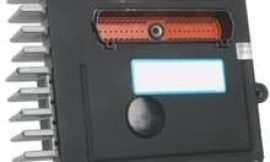
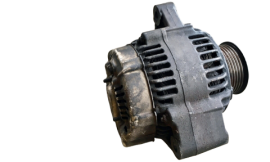
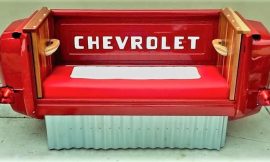
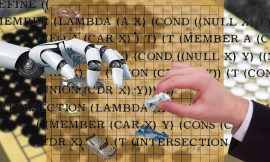
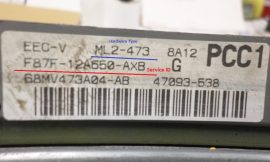
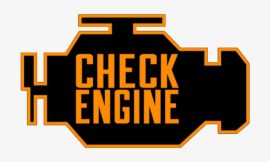


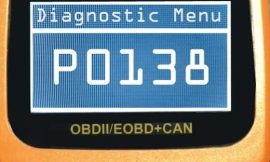
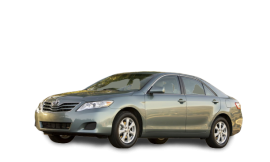



I got a 2002 dodge 5 speed it just stopped moving but starts up everytime I don’t think it’s the cluch tho can anyone help ne out